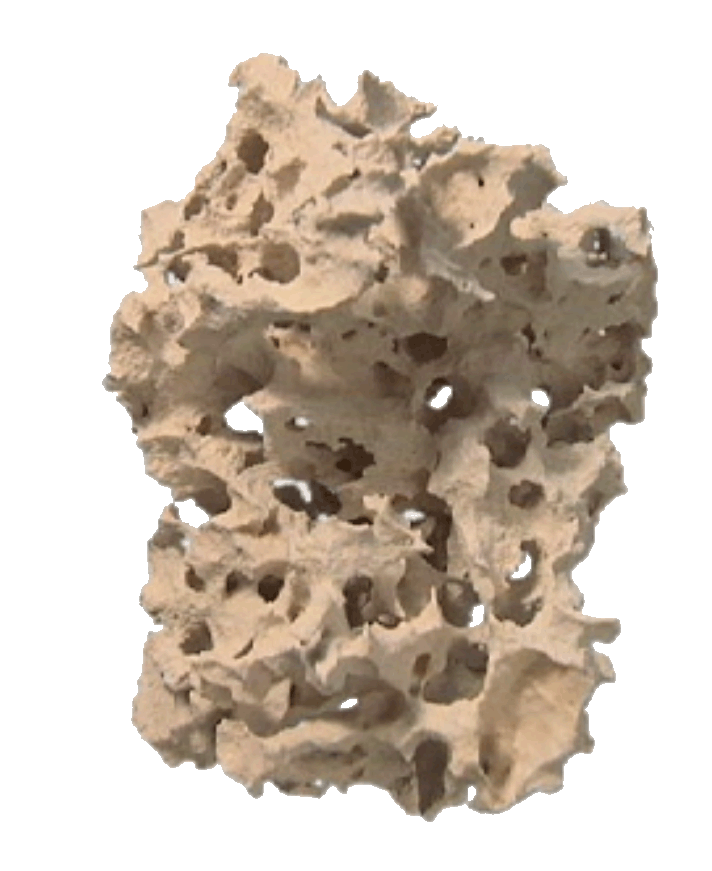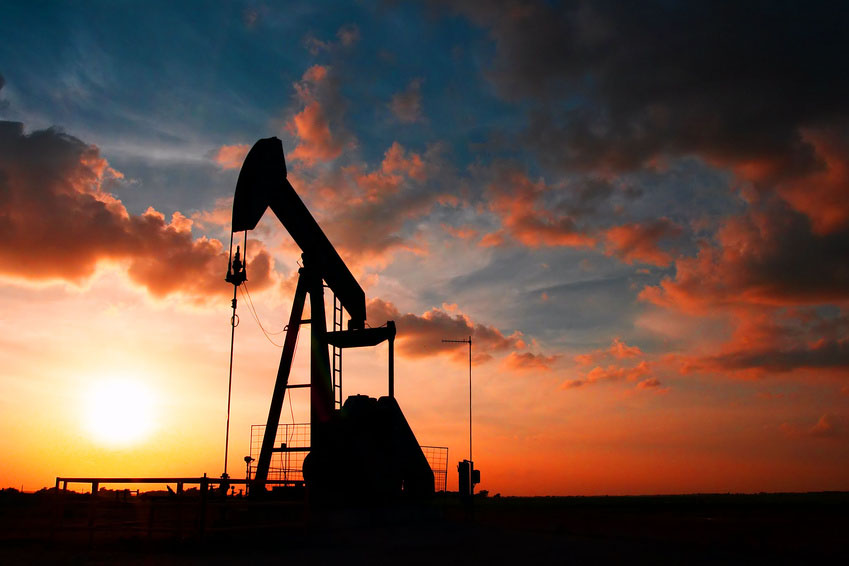Sources of Carbon Dioxide
Processes or regions that predominately produce atmospheric carbon dioxide are called sources. Carbon dioxide is added to the atmosphere naturally when organisms respire or decompose (decay), carbonate rocks are weathered, forest fires occur, and volcanoes erupt. Carbon dioxide is also added to the atmosphere through human activities, such as the burning of fossil fuels and forests and the production of cement.
Respiration and Decomposition
You are probably familiar with respiration and the respiratory system. One definition of respiration is the exchange of oxygen and carbon dioxide between the blood of an animal and the environment. Carbon dioxide is also released when organisms breathe.
Respiration also takes place at the cellular level. All plants and animals return both carbon dioxide and water vapor to the atmosphere. Every cell needs to respire to produce the energy it needs. This process is known as cellular respiration. The process of respiration produces energy for organisms by combining glucose with oxygen from the air. During cellular respiration, glucose and oxygen are changed into energy and carbon dioxide. Therefore, carbon dioxide is released into the atmosphere during the process of cellular respiration.
glucose + oxygen → carbon dioxide + water + energy
Respiration is also the process by which once-living (organic) organisms are decomposed. When organisms die, they are decomposed by bacteria. Carbon dioxide is released into the atmosphere or water during the decomposition process.
Weathering of Carbonate Rocks
Over geologic time, limestone may become exposed (due to tectonic processes or changes in sea level) to the atmosphere and to the weathering of rain. The carbonic acid that forms when carbon dioxide dissolves in water, in turn, dissolves carbonate rocks and releases carbon dioxide.
Burning of Fossil Fuels and Forests
Carbon dioxide is added to the atmosphere by human activities. When hydrocarbon fuels (i.e. wood, coal, natural gas, gasoline, and oil) are burned, carbon dioxide is released. During combustion or burning, carbon from fossil fuels combine with oxygen in the air to form carbon dioxide and water vapor.
These natural hydrocarbon fuels come from once-living organisms and are made from carbon and hydrogen, which release carbon dioxide and water when they burn.
Not only does the burning of forests release carbon dioxide, but deforestation can also affects the level of carbon dioxide. Trees reduce the amount of carbon dioxide from the atmosphere during the process of photosynthesis, so fewer trees means more carbon dioxide left in the atmosphere.
Below is an animation of Landsat satellite images showing changes in the topography due to deforestation in the Amazonian forest in Rondônia, Brazil. Image Source: NASA

Watch Episode 3: Global Warming, It's All About Carbon.
NPR's Robert Krulwich and Odd Todd, in partnership with Wild Chronicles, present an animated cartoon series on the atom at the heart of global warming: carbon. In episode 3: If you break a carbon bond -- presto! -- civilization.



